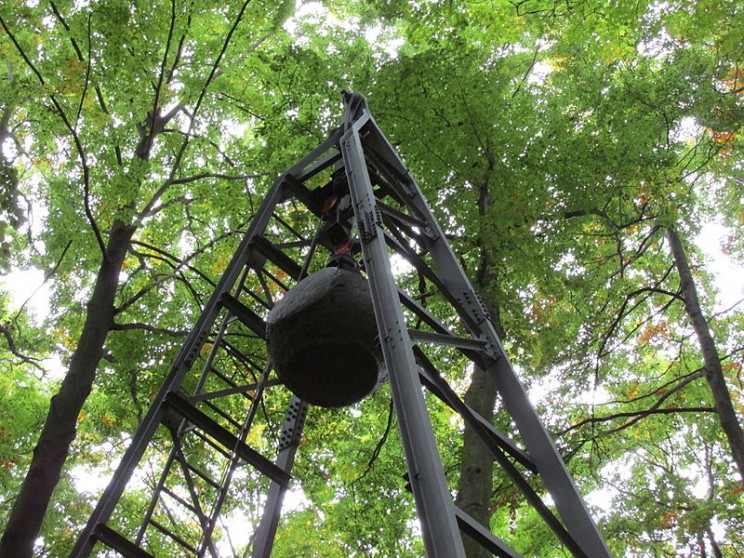
Figure 1. Taken from https://interestingengineering.com/this-4-ton-steel-ball-causes-artificial-earthquakes-to-help-us-understand-the-earths-crust
This earthquake simulator, an invention of his
student Ludger Mintrop, consists of a 4-ton steel ball that
could be dropped 14 feet to create seismic waves that would
allow Weichert and Mintrop to investigate the ground
immediately beneath their station. Today, this seismic station
still stands, and Wiechert's machines are still running,
having been in continuous use since 1903. The technique he and
Mintrop developed for ground investigations is still used as
well, although today we use explosives.